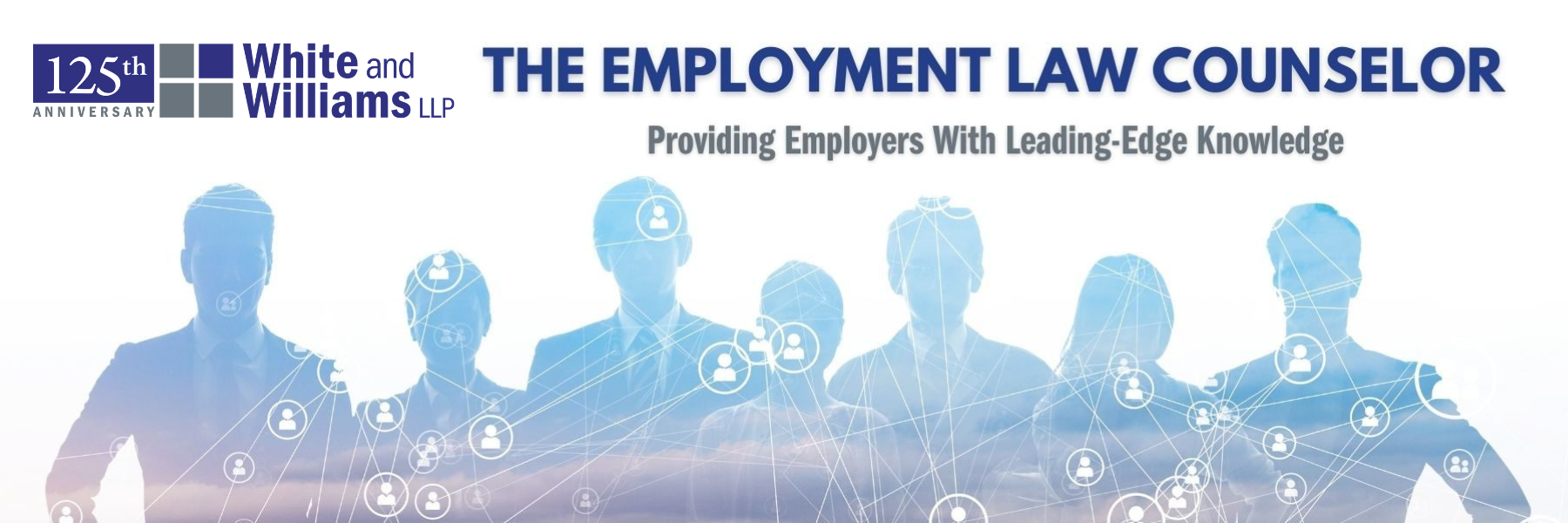The Occupational Safety and Health Administration (OSHA) issued Emergency Temporary Standard (ETS) regulations on November 4, 2021, that will affect most employers in the United States. In brief, by December 5, 2021, all unvaccinated employees of businesses with 100 or more employees (the calculation is firm/corporate level, NOT per location) must wear masks indoors (including in a vehicle with another person for work purposes). By January 4, 2022, all businesses with 100 or more employees must ensure employees are fully vaccinated or subject to regular testing at least weekly (which can be at the employee’s own expense, though collective bargaining agreements may require employers to pay for such tests). The new regulations are expected to cover more than 80 million employees.
The OSHA ETS does not apply to employees who: (1) do not report to a workplace where other individuals are present (however, such employees DO count toward the 100-employee number for the ETS regulations to apply); (2) work from home; or (3) work exclusively outdoors.
Workers at healthcare facilities, including hospitals, nursing homes and surgical centers, that treat Medicaid and Medicare patients have no “weekly testing” option under the ETS regulations issued by the Centers for Medicare and Medicaid Services (CMS). All employees at such facilities must be fully vaccinated by January 4, 2022 (though employees can seek religious or medical exemptions). The CMS regulations cover about 17 million workers.
Failure to strictly comply may be quite costly to employers. OSHA will be conducting compliance inspections. Penalties for non-compliance begin at $13,653 per (a “willful violation” may be penalized up to ten times that amount ($136,352). OSHA will also require employers to gather and maintain records of compliance. OSHA will offer sample implementation plans, factsheets and other assistance to companies to meet the new requirements. Several fact sheets can be found at:
- COVID-19 Vaccination and Testing ETS
- Workers’ Rights under the COVID-19 Vaccination and Testing ETS
- Information for Employees on Penalties for False Statements and Records
- Reporting COVID-19 Fatalities and In-Patient Hospitalizations to OSHA
The vaccine requirement for employees at federal contractors is affected by the new OSHA regulations also. Previous orders required federal contractors to have employees vaccinated by December 8, 2021. The federal government has pushed the federal contractor deadline back to the new January 4, 2022 deadline in the OSHA regulations.
While the new OSHA regulations apply to employers with 100 or more employees, OSHA has signaled that it may expand the requirements to employers with fewer than 100 employees but will first allow comments on the regulations. Additionally, OSHA’s position is that if at any time an employer meets the 100-employee threshold, it is covered under the ETS regulations and will continue to be covered by the regulations even if the number of employees subsequently falls below 100 employees.
Employers will be required to provide paid time off for workers of up to four hours to receive each primary vaccination dose, and sick leave for workers suffering side effects from a primary vaccination dose. Also, each employee must be provided with information “in a language and at a literacy level the employee understands” about the ETS, workplace policies and requirements, a copy of CDC’s “Key Things to Know About COVID-19 Vaccines,” protections against retaliation and discrimination and that there are criminal penalties for knowingly supplying false statements or documentation. Employers will also be required to report work-related COVID-19 fatalities to OSHA within eight hours of learning about them. Employers must report work-related COVID-19 in-patient hospitalizations within 24 hours of the employer learning about the hospitalization. Determining “work-relatedness” follows the same criteria in OSHA’s recordkeeping regulations (an event or exposure in the work environment either caused or contributed to the resulting condition).
Employers will need to require employees to promptly report any positive COVID-19 test or a diagnosis of COVID-19. Any employee, regardless of vaccination status, receiving a positive COVID-19 test or diagnosis of COVID-19, must immediately be removed from the workplace and kept out of the workplace until criteria to return to work are satisfied. See, e.g., “More Guidance Yields More Questions” However, the ETS regulations do not require an employer to provide paid time off for an employee removed from the workplace as a result of a positive COVID-19 test or diagnosis of COVID-19. The employer may require an employee removed from the workplace to work remotely if suitable work is available and the employee is not too ill to work.
OSHA bases its regulations on the imminent health hazard posed by the ongoing COVID-19 pandemic. OSHA believes its rules preempt state laws (including those state laws that restrict an employer from imposing vaccine, testing or masking requirements). There is no end date established in the ETS. At present, OSHA anticipates the ETS will be in effect for six months but will continue to monitor the pandemic and make adjustments as needed.
On Friday November 5, 2021, 11 states filed suit in federal court in St. Louis (Eighth Circuit Court of Appeals) challenging the regulations as an unconstitutional usurpation of state authority. Several employers have also filed lawsuits to challenge the requirements. The Fifth Circuit Court of Appeals has entered a temporary stay of the OSHA ETS. Petitions to challenge the OSHA ETS have also been filed in other Circuits. A lottery system will be utilized to determine what Circuit will determine the fate of the OSHA ETS. Given the gravity and potential irreparable harm of the OSHA ETS, it may be eligible for the United States Supreme Court’s “shadow docket” to expedite a final ruling on the issues.
For more information on the roll out of the new regulations join Laura Corvo and Tanya Salgado on November 18, 2021 for a webinar discussing these regulations, challenges to the regulations, the policies employers will need to develop to comply with the regulations, what is acceptable proof of vaccination, record keeping requirements and other topics.

